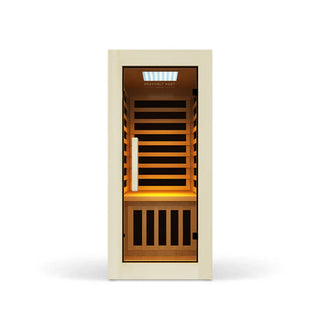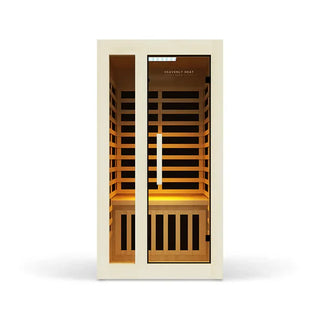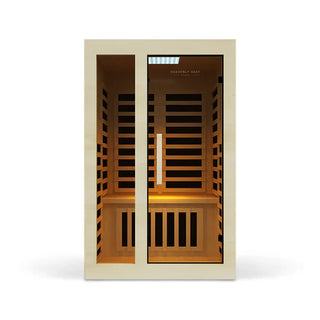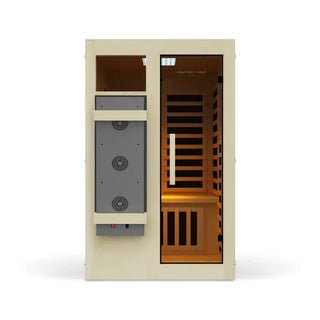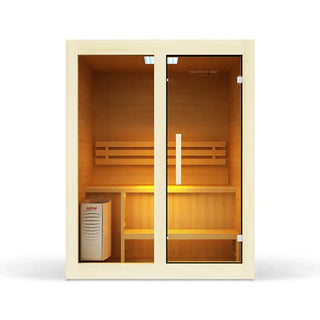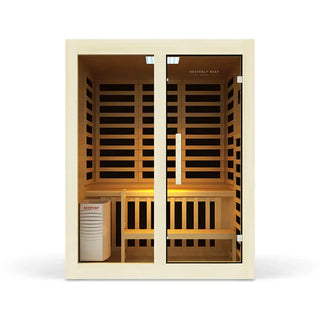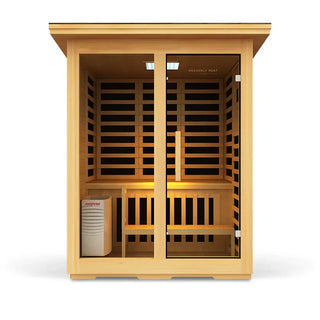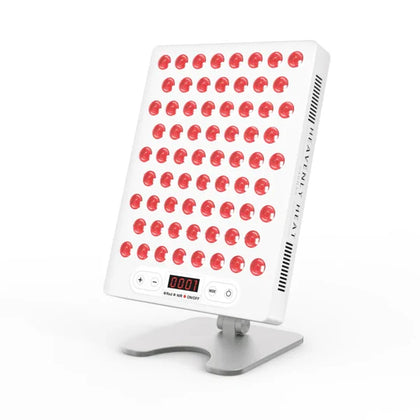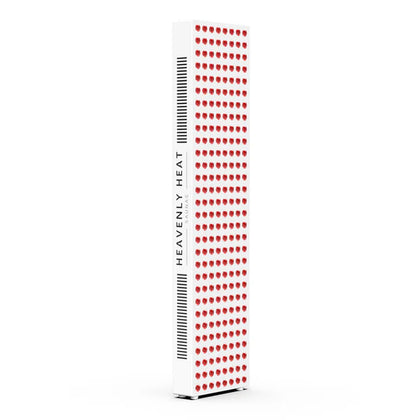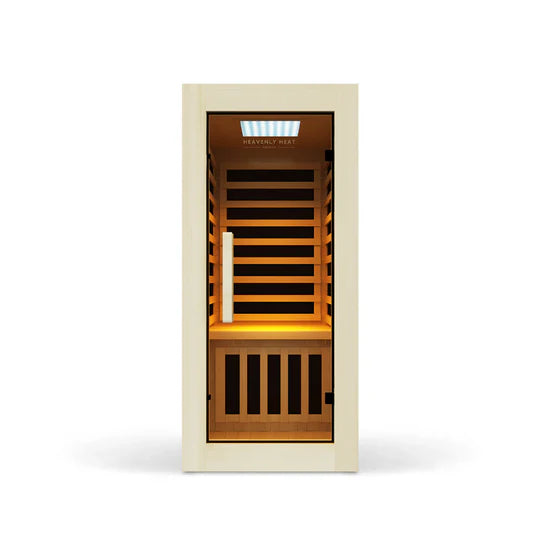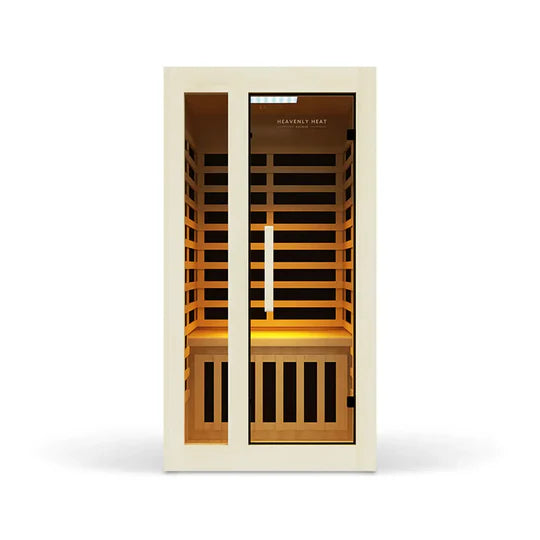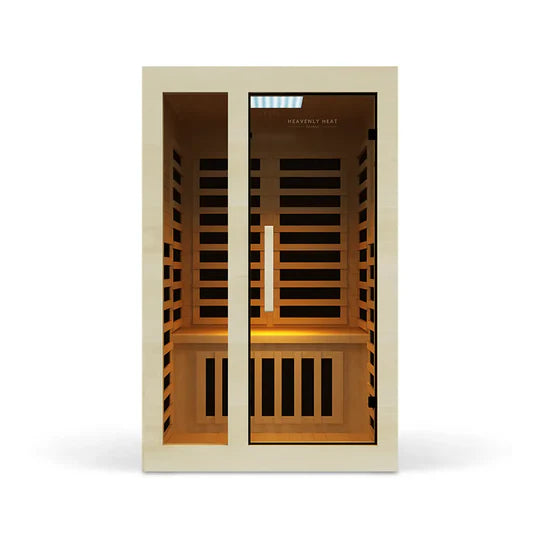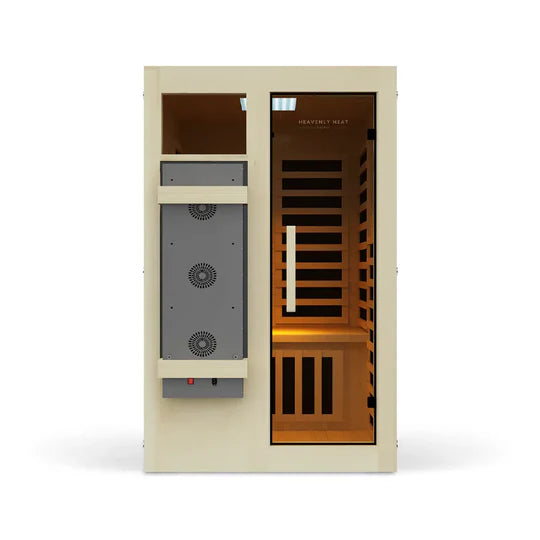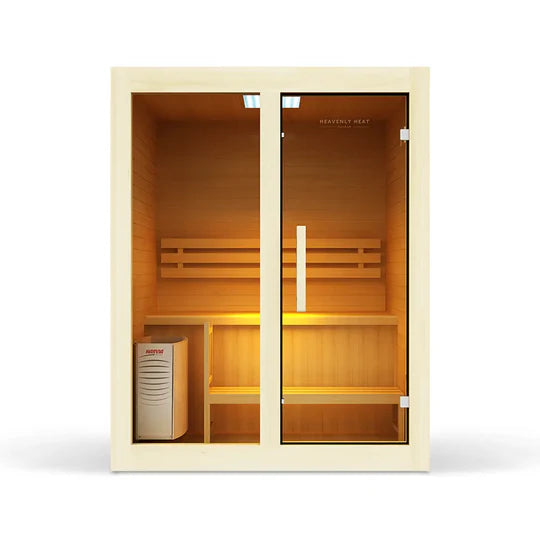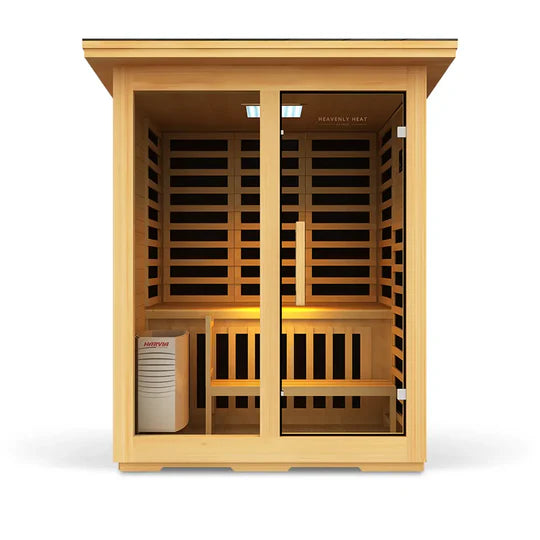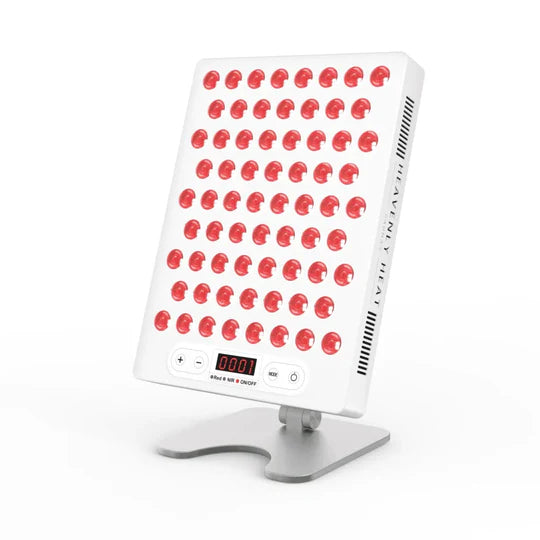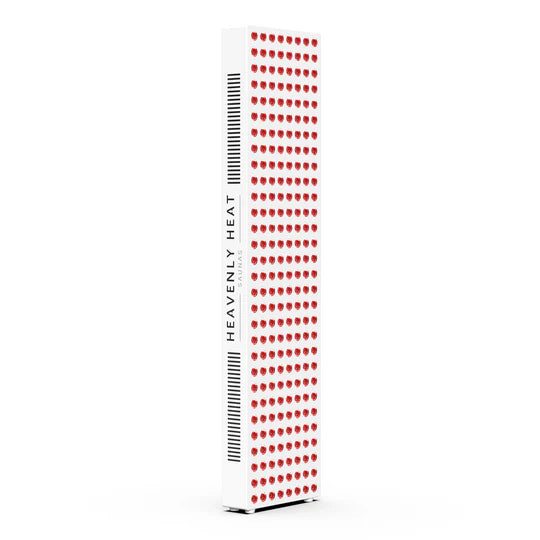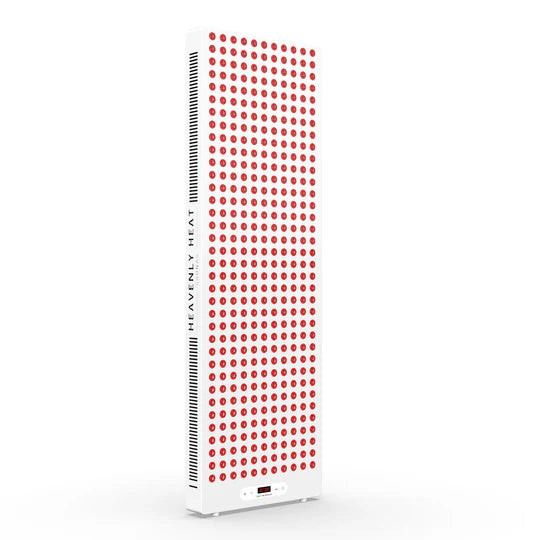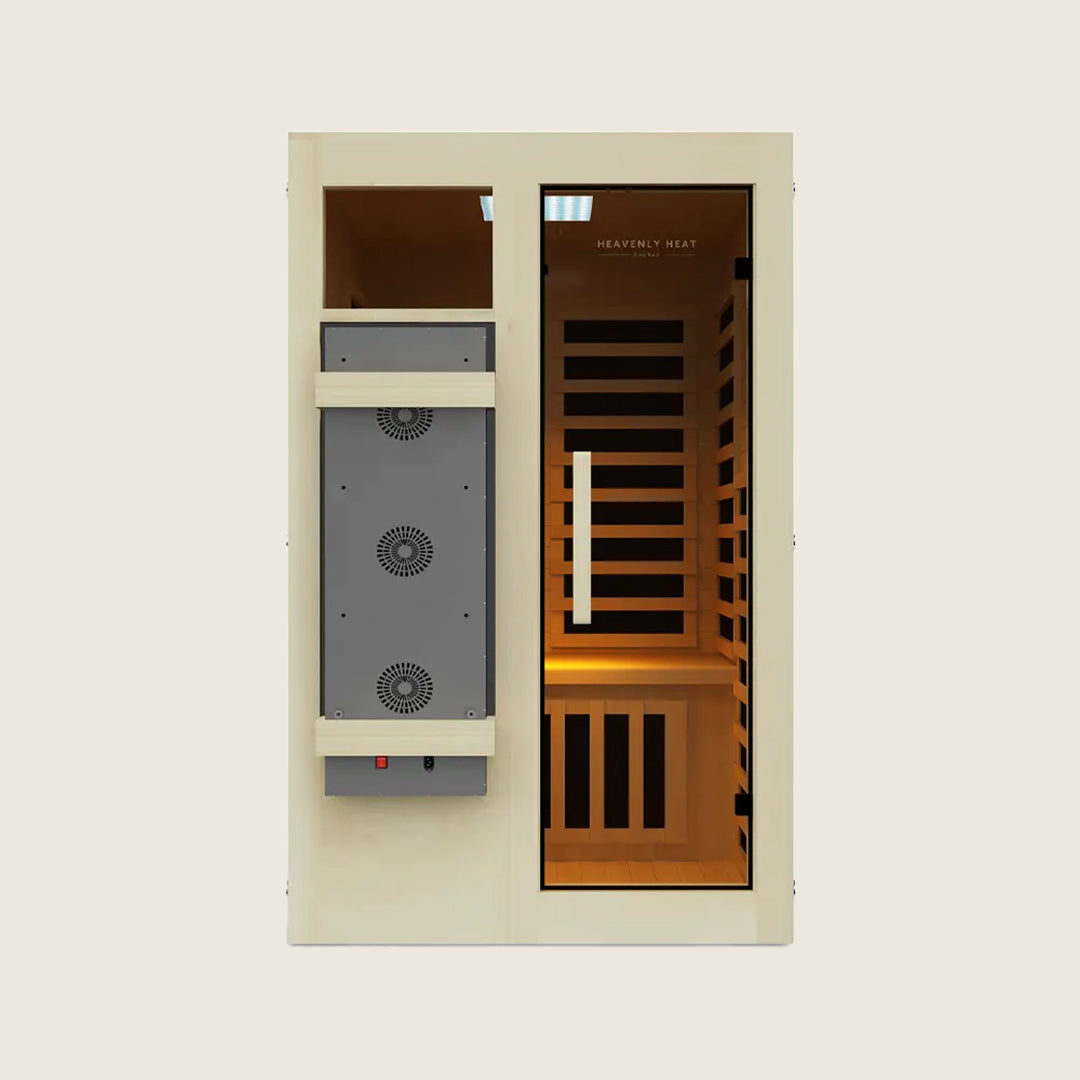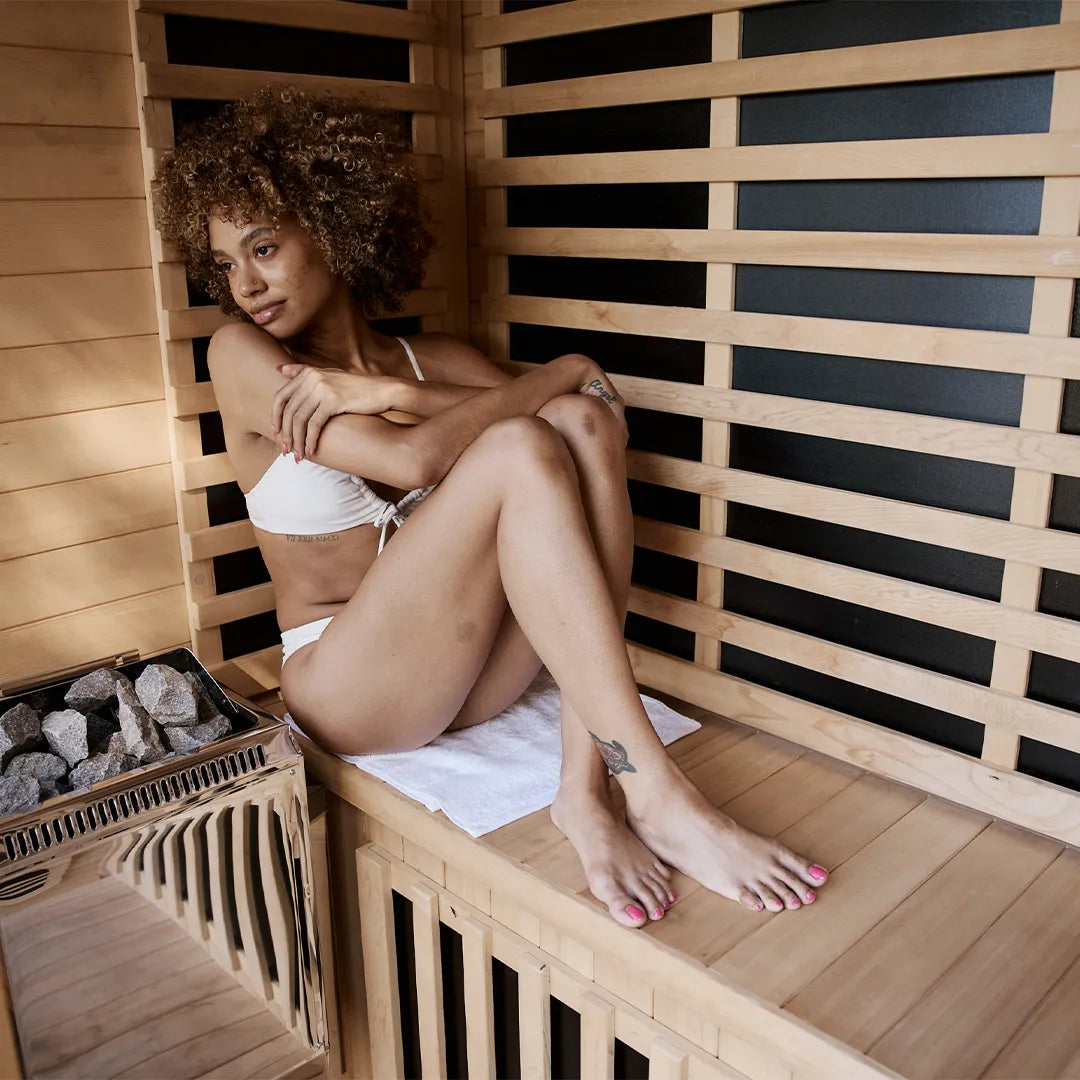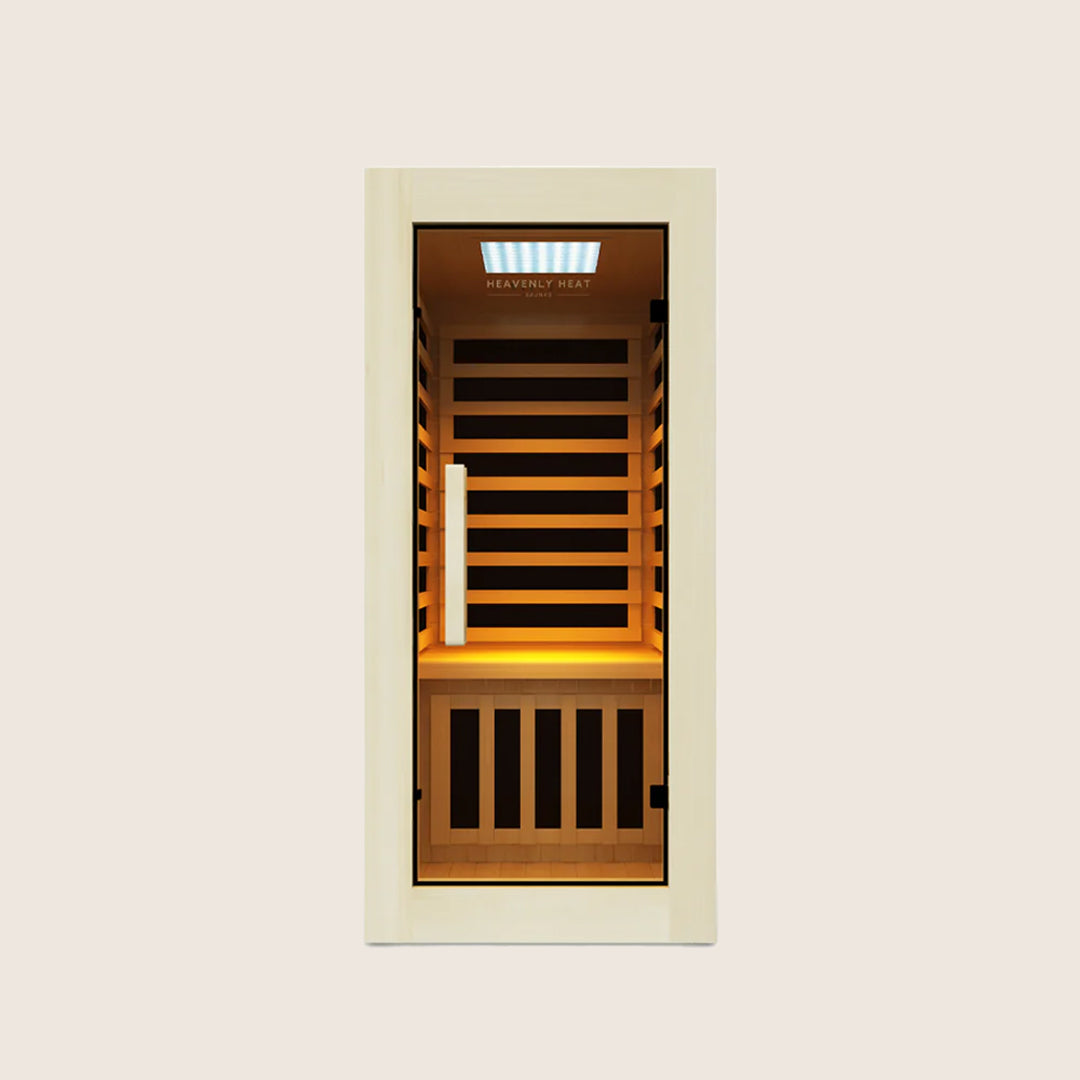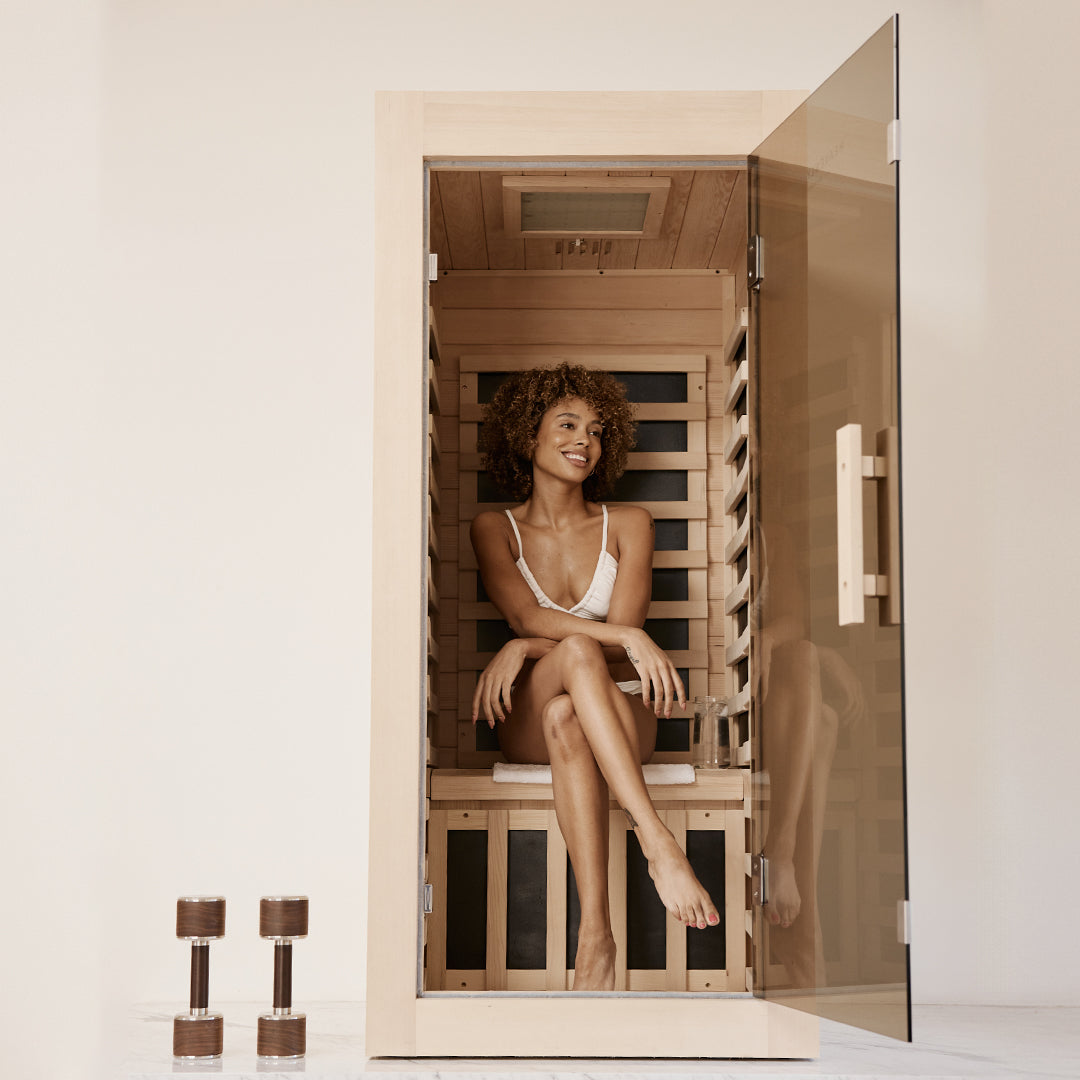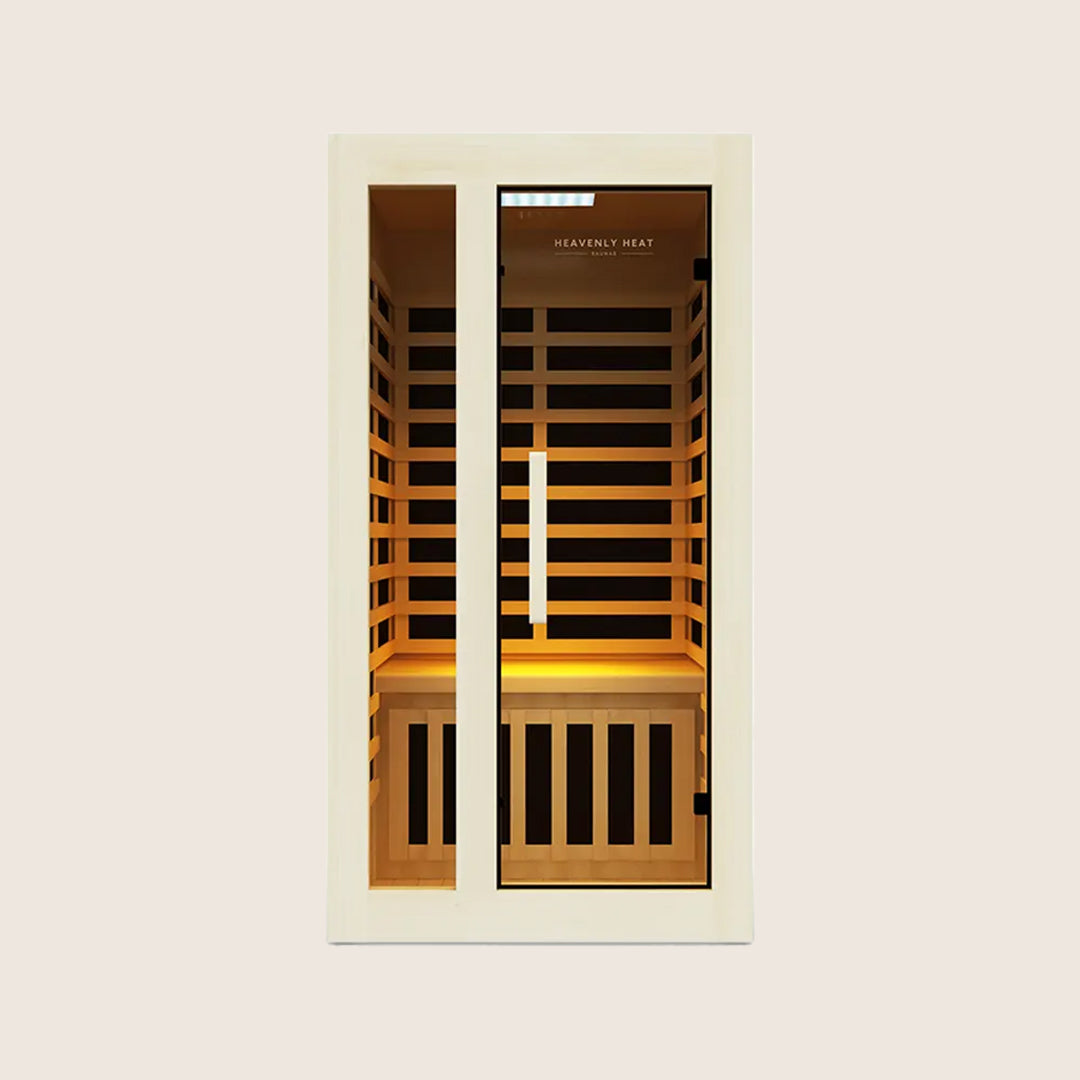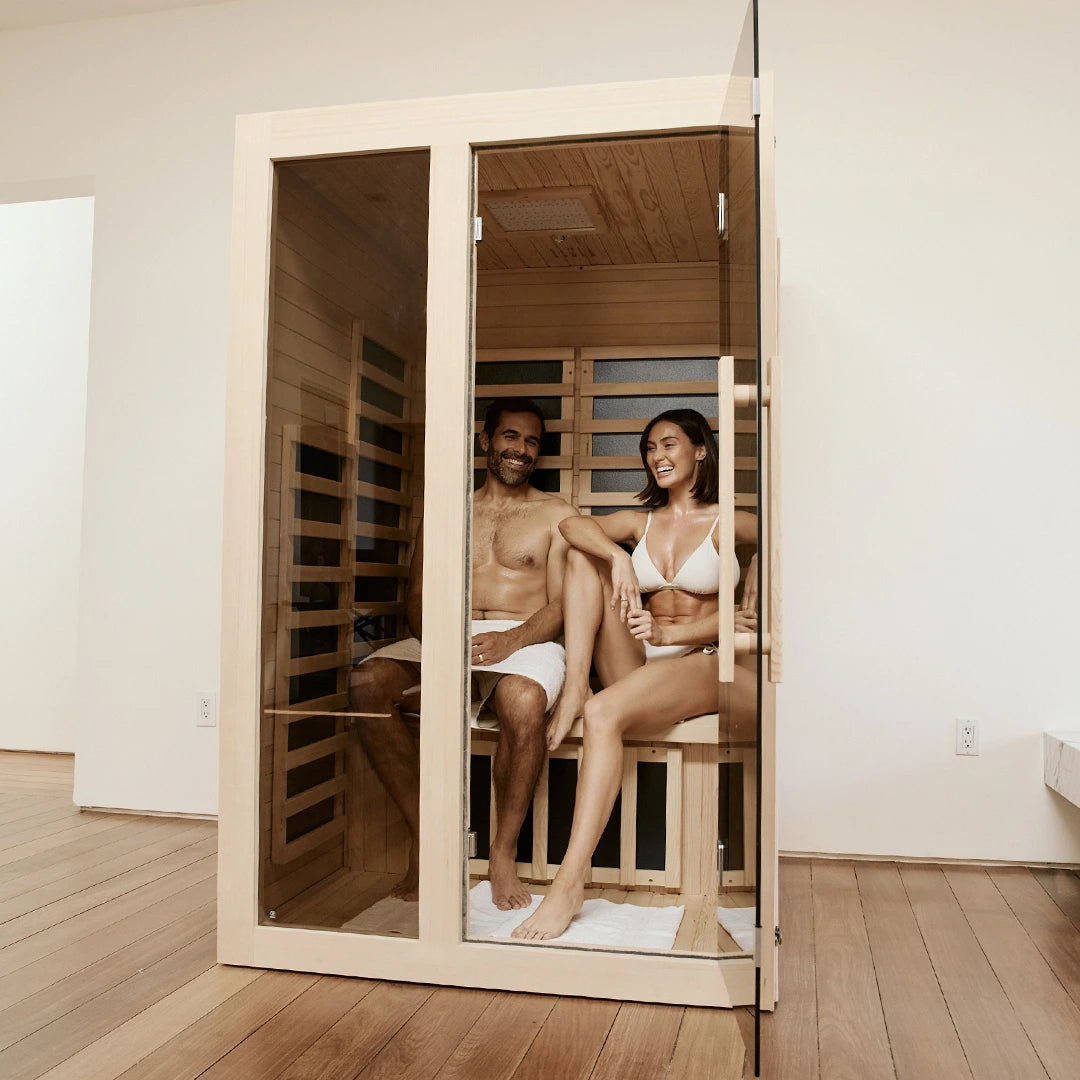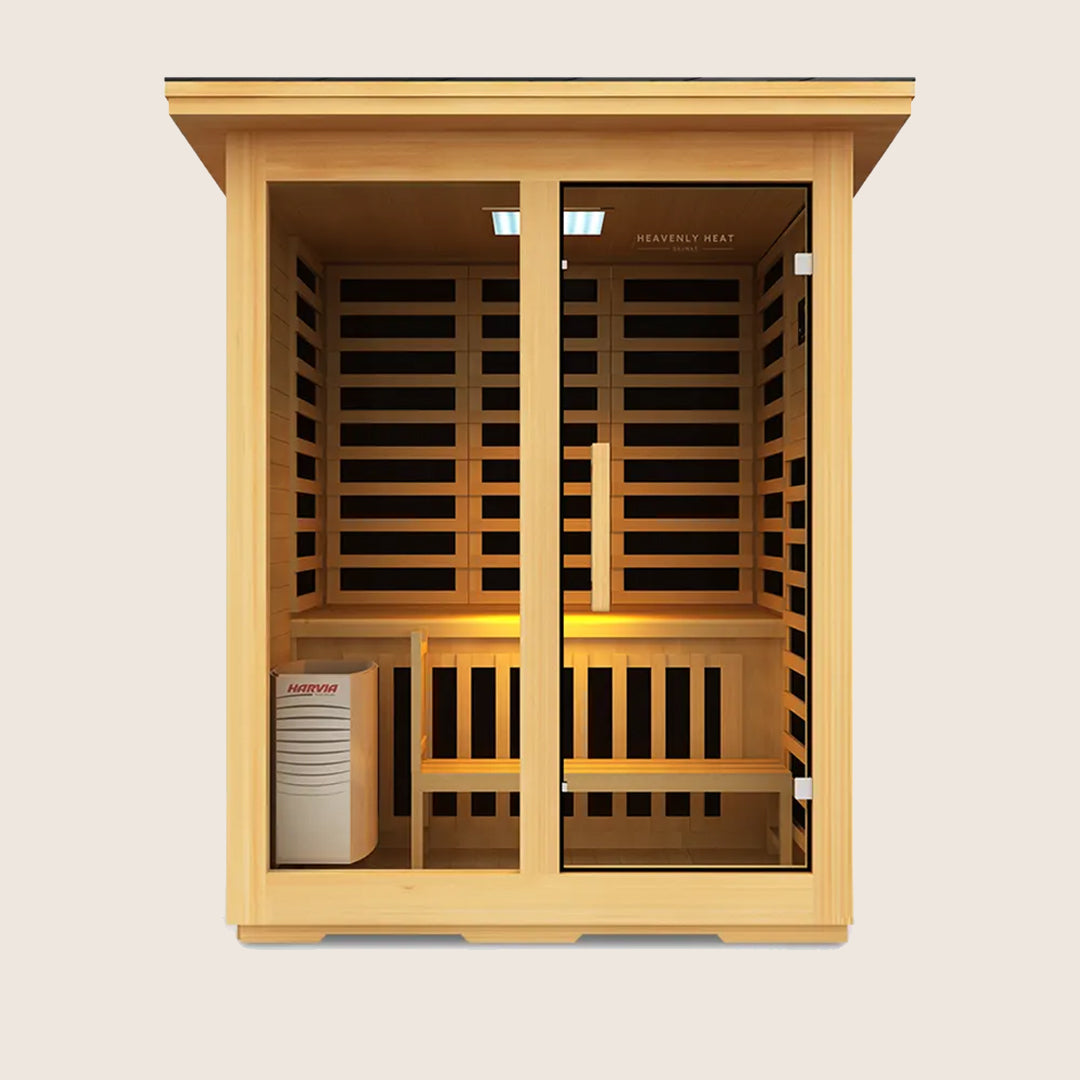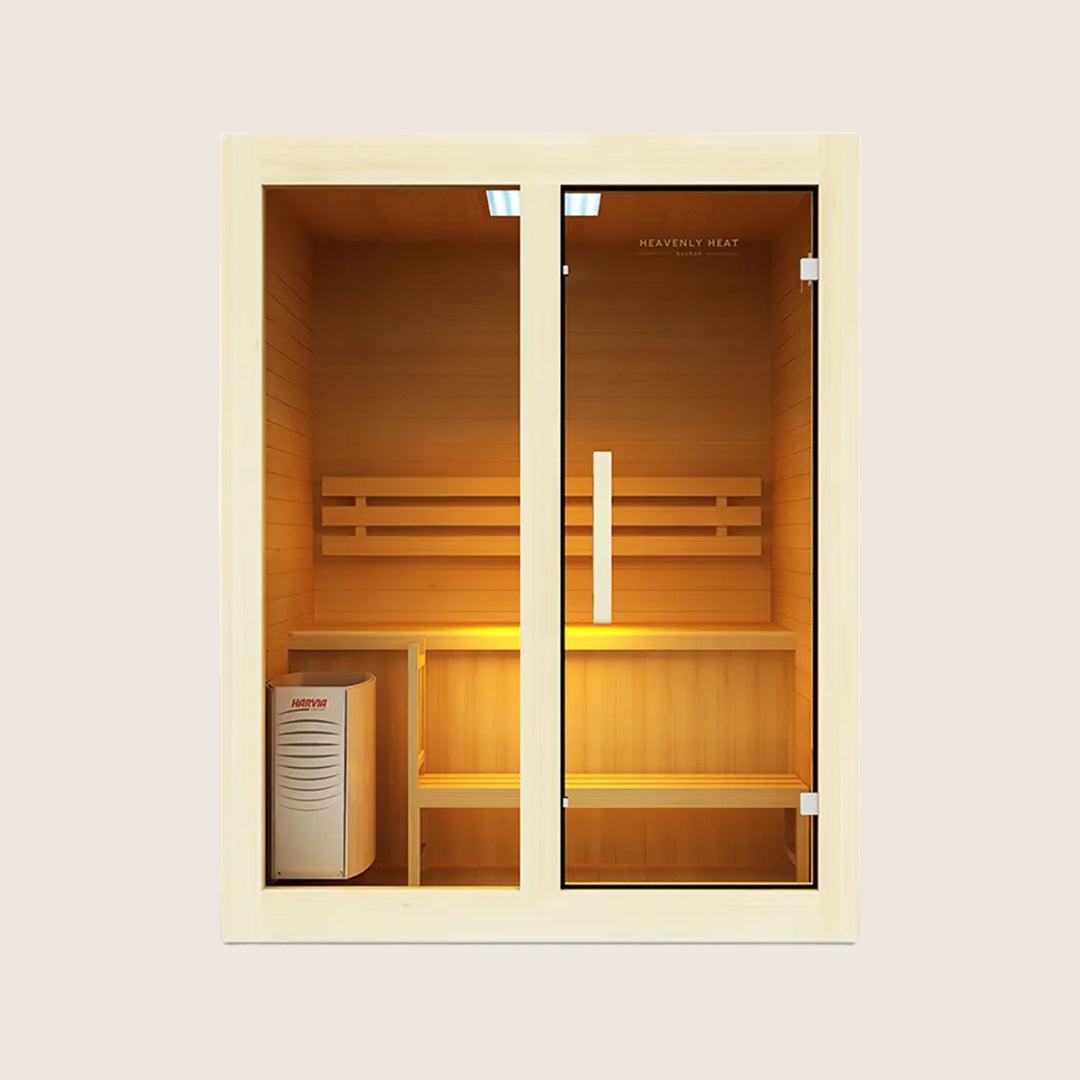Cold Showers Vs Cold Plunge: What's The Difference?
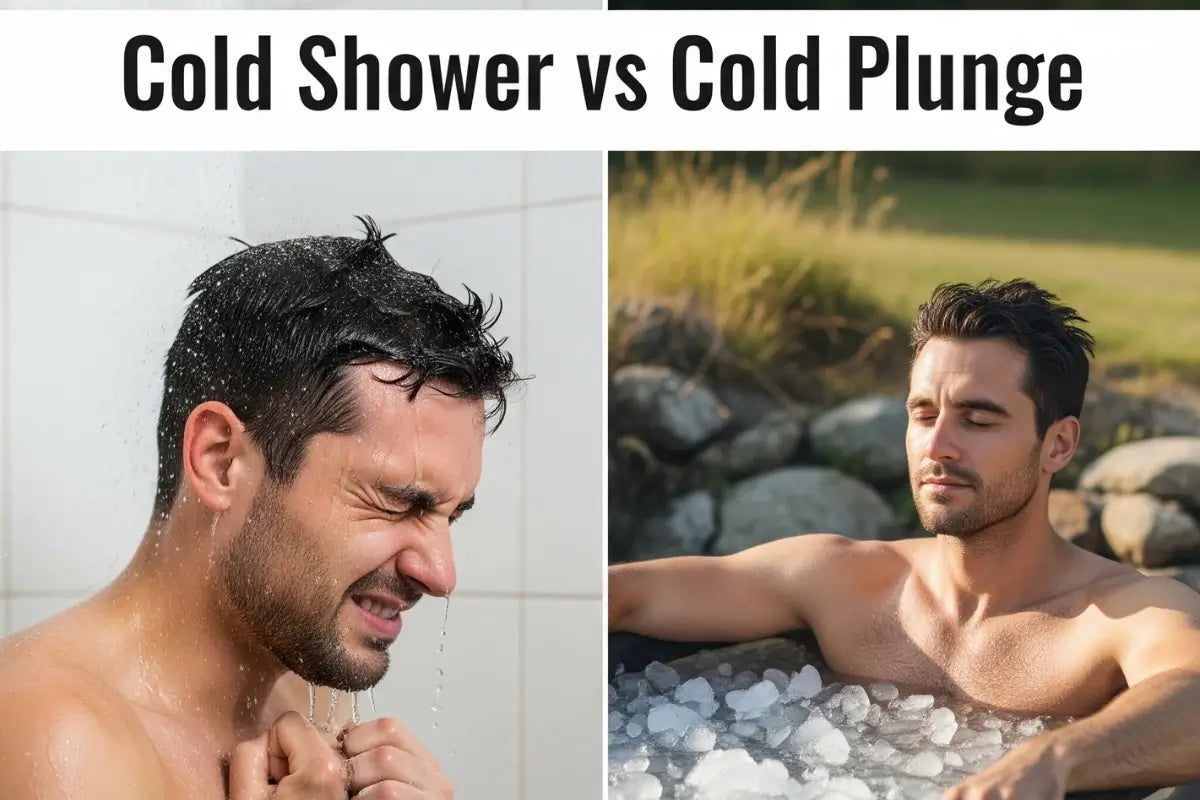
Feeling brave enough to face the cold? Cold showers and cold plunges both offer powerful health perks, but they’re not the same.
From how cold they are to how deep they go, the differences matter. This guide breaks it all down simply so you know which cold therapy fits your goals, and your lifestyle.
Key Takeaways
-
Know the Difference: Cold plunges are colder and involve full-body immersion, while cold showers are milder and more surface-level.
-
Choose Based on Goals: Plunges offer deeper recovery and mental benefits; showers are convenient and still effective.
-
Time Matters: Cold plunges are typically longer and more intense; cold showers are shorter and easier to fit into daily life.
-
Consistency Is Key: Regular cold exposure, whether showers or plunges, builds tolerance and boosts long-term benefits.
-
Factor in Accessibility: Showers are low-cost and easy; plunges require more setup, space, and financial investment.
What Is the Difference Between a Cold Plunge and a Cold Shower?
Temperature
Cold plunges and cold showers both involve cold water, but they’re not the same. A cold plunge is much colder, usually between 37°F to 45°F, compared to cold showers, which are typically 50°F to 60°F.
Plunges also keep a more consistent temperature since your whole body is submerged, unlike showers that only hit parts of your body at a time.
This deeper exposure triggers stronger effects on recovery, metabolism, and circulation, while cold showers are more convenient for daily use and still offer refreshing, mood-boosting benefits.

Immersion
A key difference between a cold plunge and a cold shower is how much of your body gets cold.
In a cold plunge, your whole body is submerged, leading to a stronger drop in core temperature and a bigger physical response.
Cold showers mostly affect the outer body and don’t cool the core as much. Research shows full-body immersion helps more with muscle recovery, reduces soreness, and boosts mood. While showers can refresh you, plunges offer deeper physical and mental benefits.
Duration
Cold plunges typically last longer than cold showers, ranging from 1 to 10 minutes depending on tolerance.
Beginners often start with just 30 seconds to 2 minutes. This full-body immersion activates cold shock proteins that aid in recovery and boost mental clarity, benefits cold showers don’t fully offer.
Cold showers, on the other hand, usually last under a few minutes and are less intense. Gradually increasing time in cold plunges is key for safety and effectiveness.
Consistency of Cold Exposure
Sticking to cold exposure regularly makes a big difference, whether you prefer cold showers or cold plunges.
When you stay consistent, your body starts adapting, which means you get more benefits like better recovery, improved mood, and stronger immunity.
Even short cold showers every day can work well, sometimes better than doing long cold plunges once in a while.
With daily practice, your cold tolerance grows, and the experience feels easier over time. Missing a few days won’t ruin everything, but stopping too often may slow your progress. The key is simple: steady, repeated exposure wins over extremes.
Health Effects
Cold plunges and cold showers have different impacts on the body. For reducing inflammation, cold plunges are more effective due to longer and deeper exposure.
They also improve circulation better by forcing blood to move more efficiently through the body.
Cold plunges provide a stronger mental boost, often increasing focus and mood more than showers.
They raise metabolism faster, helping with energy and fat burning. Both support immune function, but plunges may trigger a stronger response.
However, frequent plunging can stress the body if not managed properly, so it’s important to use it with care.
Accessibility
Cold showers are more accessible for daily use. Most homes already have a shower with cold water, so no extra setup is needed.
Cold plunges, on the other hand, require a separate tub and space, which most homes, and especially apartments, don’t have.
DIY cold plunges are possible, but they take money, tools, and effort. Installing one at home can also be expensive and complex. For most people, cold showers are easier, quicker, and more practical.
Cost
Cold plunges are typically much more expensive than cold showers. A home cold plunge setup can cost anywhere from $3,000 to $15,000, plus ongoing electricity and maintenance costs.
In contrast, cold showers are nearly free, just your usual water bill. Budget-friendly alternatives like DIY plunge tubs or portable ice baths can lower costs, making cold exposure accessible without the high price tag of commercial units.
Do Cold Showers Have the Same Benefits as a Cold Plunge?
Cold showers and cold plunges both offer health benefits, but cold plunges are generally more effective.
Full-body immersion triggers stronger physiological responses, including greater cold shock protein activation and vagus nerve stimulation.
Cold showers remain a practical, cost-effective option for beginners or those with limited resources.
Benefits of Cold Plunge or Cold Showers
Enhances Recovery and Reduces Muscle Soreness
Taking a cold plunge after a workout helps your muscles bounce back faster and feel less sore.
The cold water makes your blood vessels tighten, which helps flush out waste and brings in fresh blood once you warm up.
This reduces swelling and eases pain, so your body recovers quicker. A 2023 study in Frontiers in Physiology looked at 20 trials and found cold water dips can lower muscle soreness, reduce tiredness, and bring down muscle damage markers like creatine kinase within just 24 hours.
Strengthens the Immune System
Cold showers or cold plunges can give your immune system a natural boost. When your body faces cold water, it reacts by working harder to stay warm, which also wakes up your immune cells.
Over time, this can help you fight off sickness more easily. One study found that people who did cold water plunges three times a week for six weeks saw a rise in important immune cells like T-cells and IL-6.
Another study showed that people who took daily cold showers for 90 days had more antibodies and immune-boosting proteins. Cold exposure keeps your defense system sharp.
Improves Mood and Reduces Stress
Cold therapy can work wonders for your mood and stress levels. When you step into cold water, your body reacts fast, it wakes you up, gets your blood flowing, and tells your brain to release feel-good chemicals like endorphins.
This boost can help you feel more alive, clear-headed, and calm. One study showed that people who sat in cold sea water (around 13°C) felt happier and less tense right after.
Another review found that cold plunges or showers lowered stress levels 12 hours later. So, if you're feeling stressed or down, cold water might be a simple way to feel better.

Increases Mental Toughness and Resilience
Cold water shocks your system, but that’s the point. When you step into something icy, your body wants to panic, but you learn to breathe, stay calm, and push through.
That moment builds mental toughness. The more you do it, the better you get at handling stress, both in the cold and in everyday life.
A 2024 study in Human Kinetics Journal found that people who often used cold therapy felt less anxiety and stress, and had more resilience, confidence, and mental strength, especially those who did it more often.
Supports Healthy Skin and Hair
Cold therapy helps support healthy skin and hair by improving blood circulation, tightening pores, and reducing inflammation.
When your body is exposed to cold water, blood vessels constrict, which helps reduce puffiness and redness.
Once you warm back up, these vessels dilate, boosting circulation and delivering nutrients to your skin and scalp.
This can leave your skin looking refreshed and your hair shinier and stronger. According to a 2024 review published by Springer Nature, cold water therapy may also reduce inflammation and stimulate stress hormones that enhance mood and promote healthy aging, offering a lifestyle benefit beyond skin deep that’s backed by emerging scientific research.

Accelerates Metabolism and Aids Fat Loss
Exposure to cold, like in a cold plunge or shower, triggers your body to activate brown fat, a special kind of fat that burns calories to produce heat.
This internal heating process naturally boosts your metabolism, increasing daily energy expenditure and supporting fat loss over time.
One review of 10 clinical trials found that cold exposure at 16–19°C significantly increased brown fat activity, energy use (by about 188 calories per day), and fat breakdown.
Another study highlighted cold therapy as a powerful way to stimulate brown fat and support weight loss when integrated into a wellness routine.
What Is Cold Plunging Good For?
Feeling low on energy or stuck in a bad mood? Try a cold plunge. Just five minutes in cold water can lift your mood, boost your focus, and help you feel more awake and alert.
One study found people felt more inspired and less stressed after a quick dip. Another review showed it can help you sleep better and even get sick less often.
Cold plunges do more than jolt your body, they wake up your mind too. It’s a simple habit that can leave you feeling refreshed inside and out.
Are There Health Risks Associated With Cold Exposure?
Yes, cold exposure can pose serious health risks, especially for older adults and those with medical conditions.
According to the International Journal of Circumpolar Health, body fat helps insulate the body, but its effectiveness varies across different body parts.
Older adults are more vulnerable to hypothermia due to reduced thermoregulation. Men and women also react differently, men shiver more, while women show greater insulation.
Cold exposure may also affect breathing. According to the European Environment Agency, cold temperatures contribute to over 11% of chronic respiratory deaths in Europe, making cold a real health concern.


